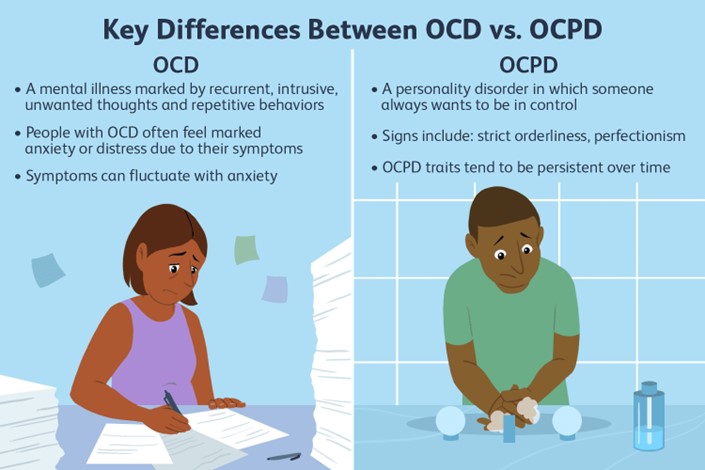Which client finding should the practical nurse (PN) report to the registered nurse (RN) immediately?
Oral ice chips 30 minutes eaten after vomiting postoperatively.
Inability to void 4 hours after discontinuing an indwelling catheter.
Coffee-ground secretions draining via nasogastric tube suction.
Ineffective pain management reported while using morphine PCA.
The Correct Answer is C
The correct answer is choice C. Coffee-ground secretions draining via nasogastric tube suction.
Choice A rationale:
Oral ice chips eaten 30 minutes after vomiting postoperatively could be considered normal in some cases. However, this finding may not require immediate reporting to the RN unless
other concerning symptoms are present. Choice B rationale:
The inability to void 4 hours after discontinuing an indwelling catheter is not an immediate concern. It's not uncommon for some clients to experience difficulty urinating initially after catheter removal. The client should be closely monitored, and the RN should be informed if the situation persists or worsens.
Choice C rationale:
This is the correct answer because coffee-ground secretions draining via nasogastric tube suction can indicate bleeding in the gastrointestinal tract, potentially from the stomach or esophagus. This finding requires immediate attention as it could be a sign of a serious condition and may require urgent intervention.
Choice D rationale:
Ineffective pain management reported while using morphine PCA is a concern but may not be as critical as the coffee-ground secretions. The PN should still report this finding to the RN for appropriate assessment and possible adjustment of pain management, but it may not warrant immediate reporting.
Nursing Test Bank
Naxlex Comprehensive Predictor Exams
Related Questions
Correct Answer is C
Explanation
This is the most important information for the PN to ask because it assesses the client's risk for self-harm and suicidal ideation. The client's statements indicate hopelessness, low self-esteem, and impaired functioning, which are potential warning signs of suicide. The PN should ask the client directly about any thoughts or plans of harming themselves and provide support and safety measures as needed.

A. Questioning about which rituals are most often used to reduce anxiety is not a priority and may reinforce the client's compulsive behavior.
B. Asking if the obsessions and compulsions interfere with sleep is not a priority and may not address the client's emotional distress.
D. Determining what makes the client think people are laughing is not a priority and may not be helpful for the client's perception of reality.
Correct Answer is C
Explanation
The correct answer is Choice C:
Suggest that an increase in fruits and vegetables is more beneficial.
Choice C rationale:
While dairy products do provide essential nutrients like calcium and vitamin D, there is no strong evidence to suggest that increasing dairy intake alone will significantly reduce the risk of cancer. On the other hand, fruits and vegetables are known to be rich in antioxidants and phytochemicals that have been associated with a reduced risk of cancer. Therefore, suggesting an increase in fruits and vegetables is a more evidence-based approach to reducing cancer risk.
Choice A rationale:
Encouraging exercise is a good recommendation for overall health, but it does not directly address the client's concern about reducing cancer risk. Focusing on a balanced diet, including plenty of fruits and vegetables, is more relevant to the client's specific concern.
Choice B rationale:
Reminding the client about Vitamin D-fortified dairy products may be helpful for addressing Vitamin D intake, but it doesn't necessarily address the broader concern of reducing cancer risk. Moreover, the link between dairy and cancer risk reduction is not as well-established as the benefits of fruits and vegetables.
Choice D rationale:
Providing information about cancer warning signs is important for cancer awareness but doesn't address the client's current dietary choices and concerns about cancer prevention. The focus should be on evidence-based dietary recommendations to reduce cancer risk.
Whether you are a student looking to ace your exams or a practicing nurse seeking to enhance your expertise , our nursing education contents will empower you with the confidence and competence to make a difference in the lives of patients and become a respected leader in the healthcare field.
Visit Naxlex, invest in your future and unlock endless possibilities with our unparalleled nursing education contents today
Report Wrong Answer on the Current Question
Do you disagree with the answer? If yes, what is your expected answer? Explain.
Kindly be descriptive with the issue you are facing.
